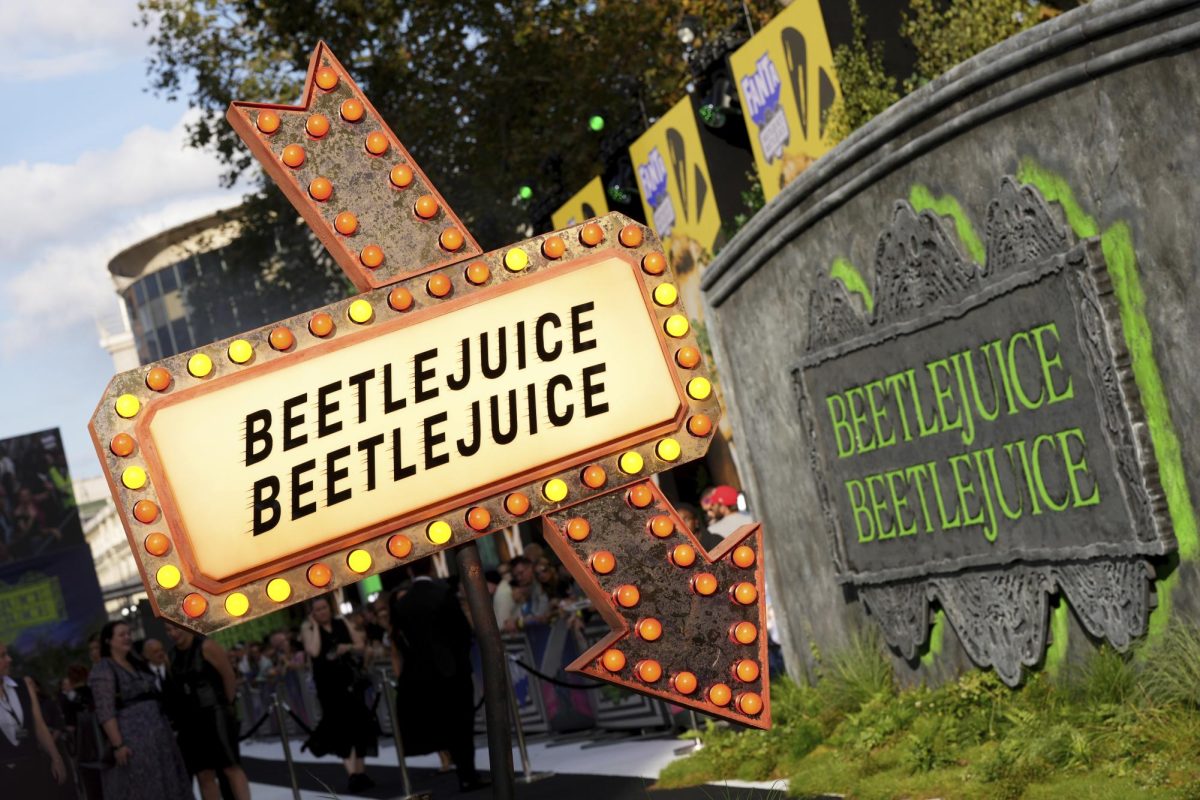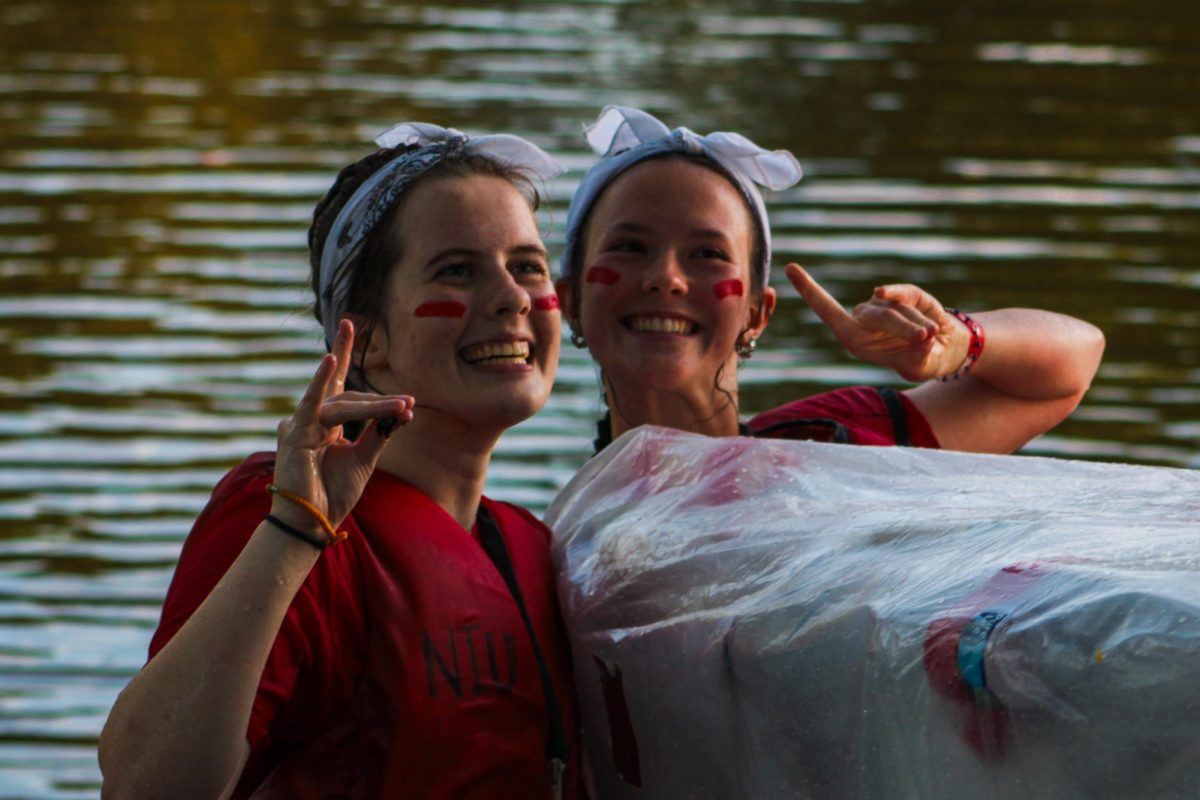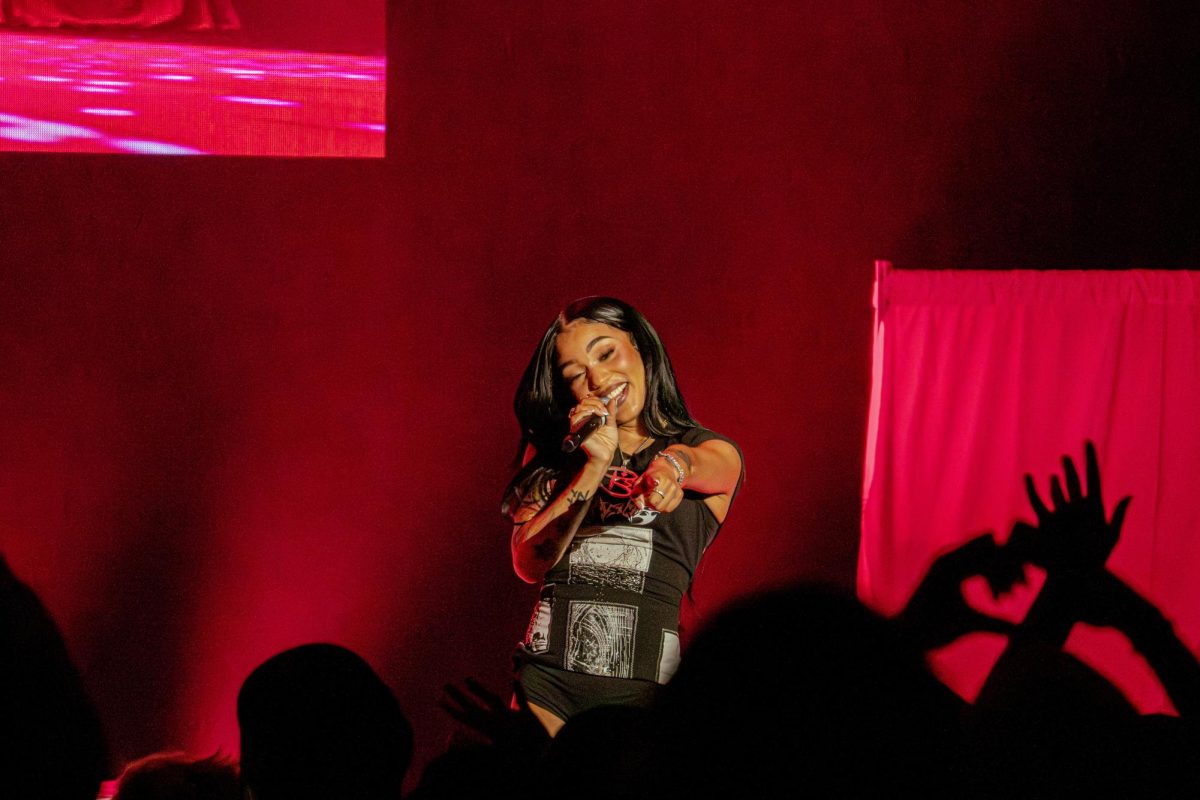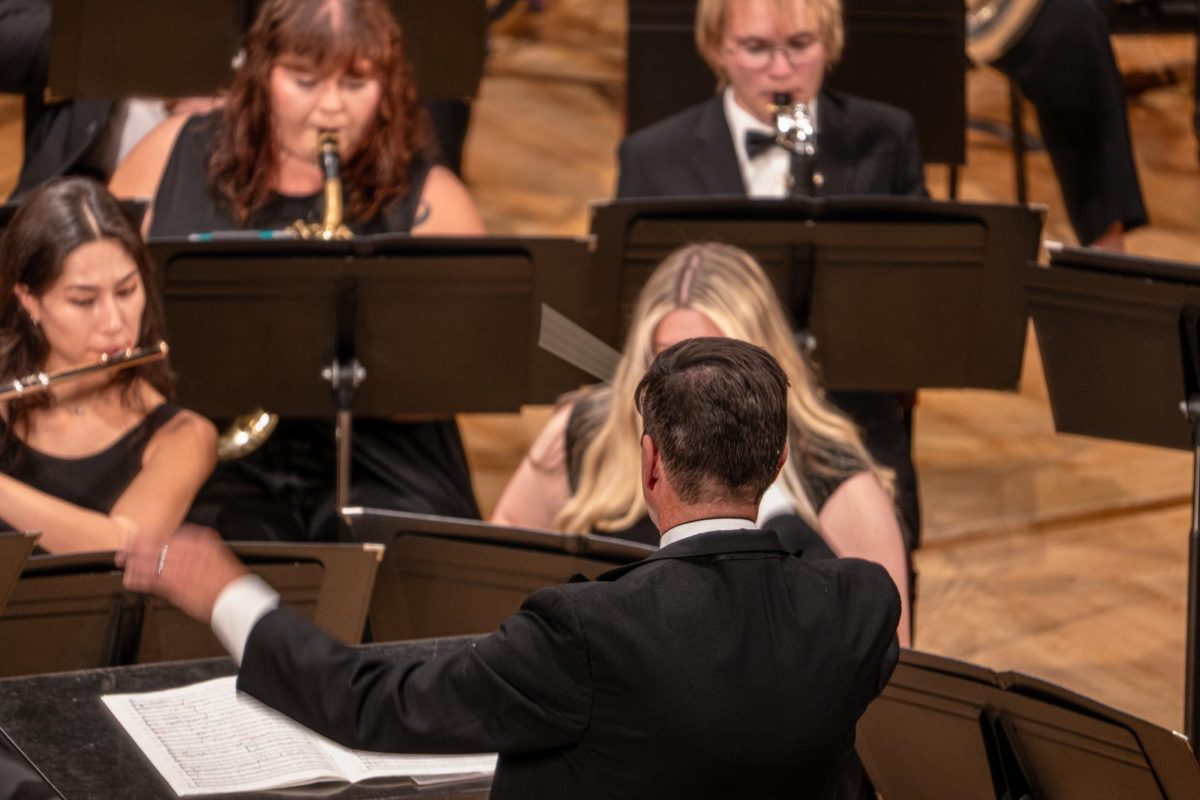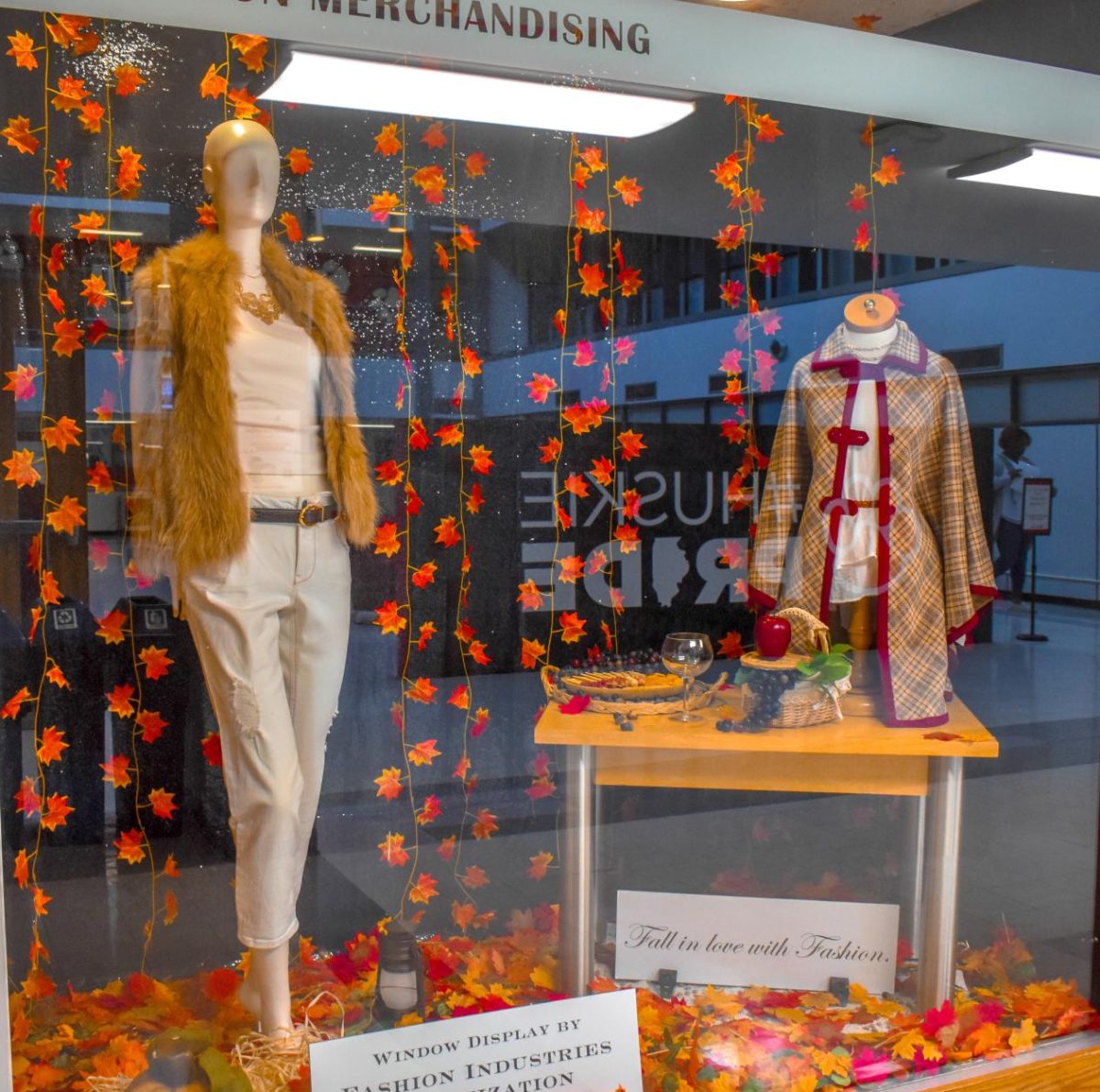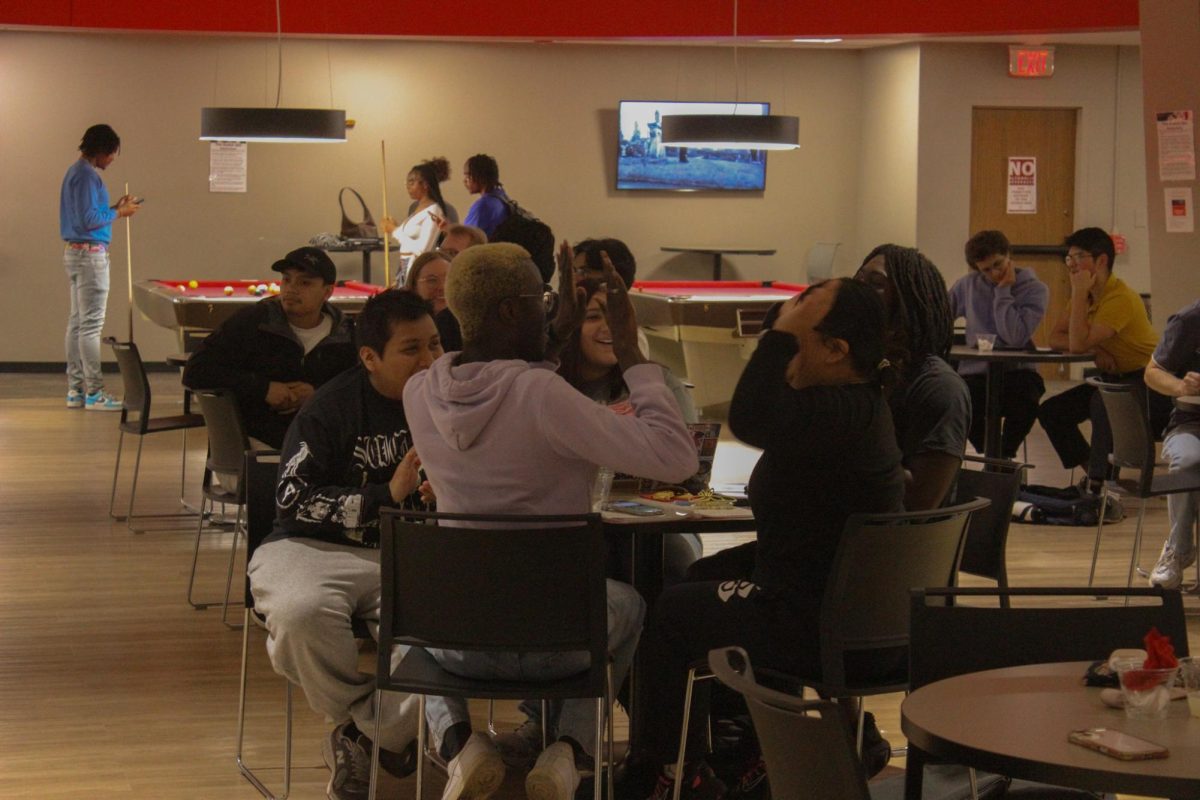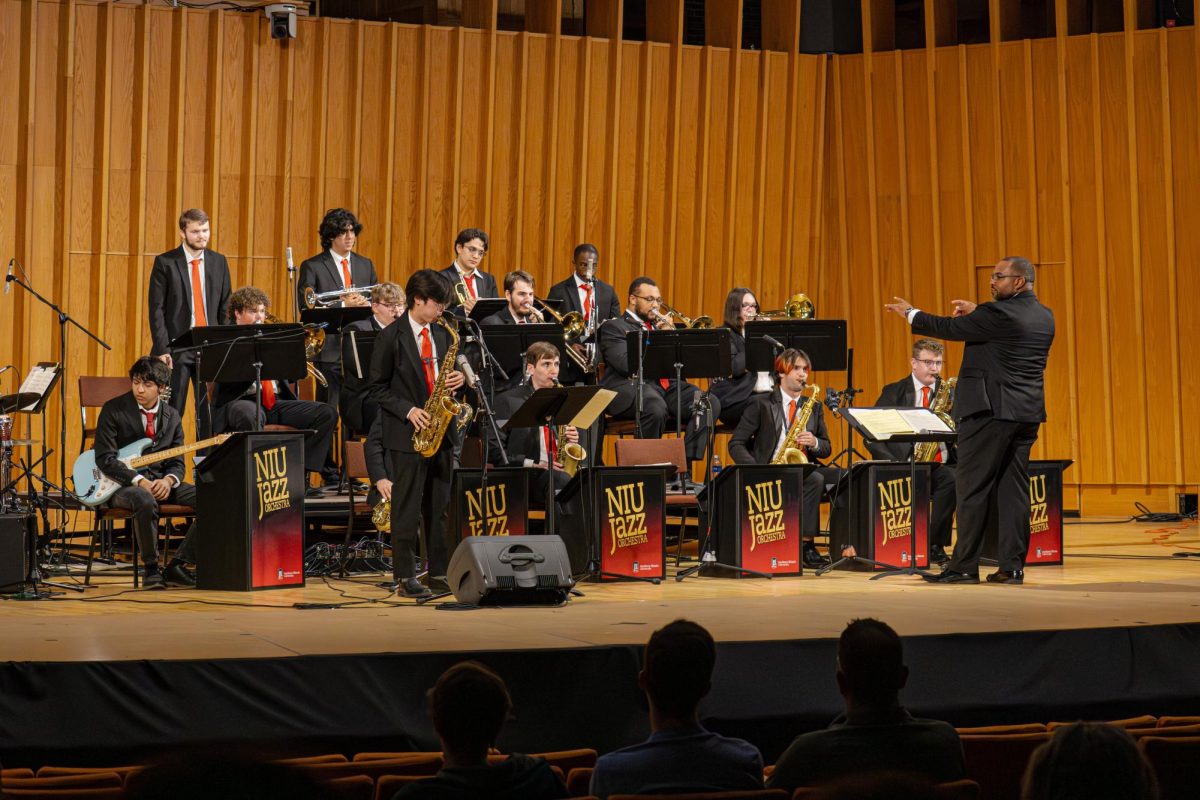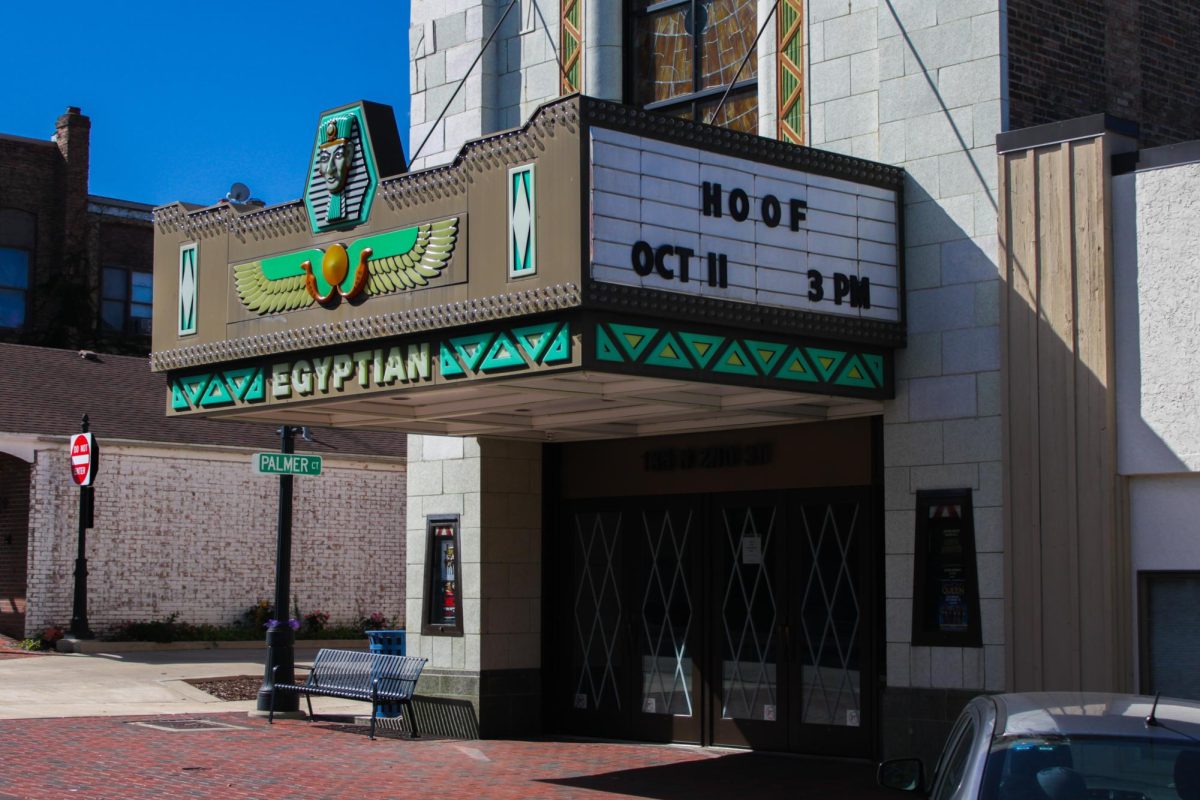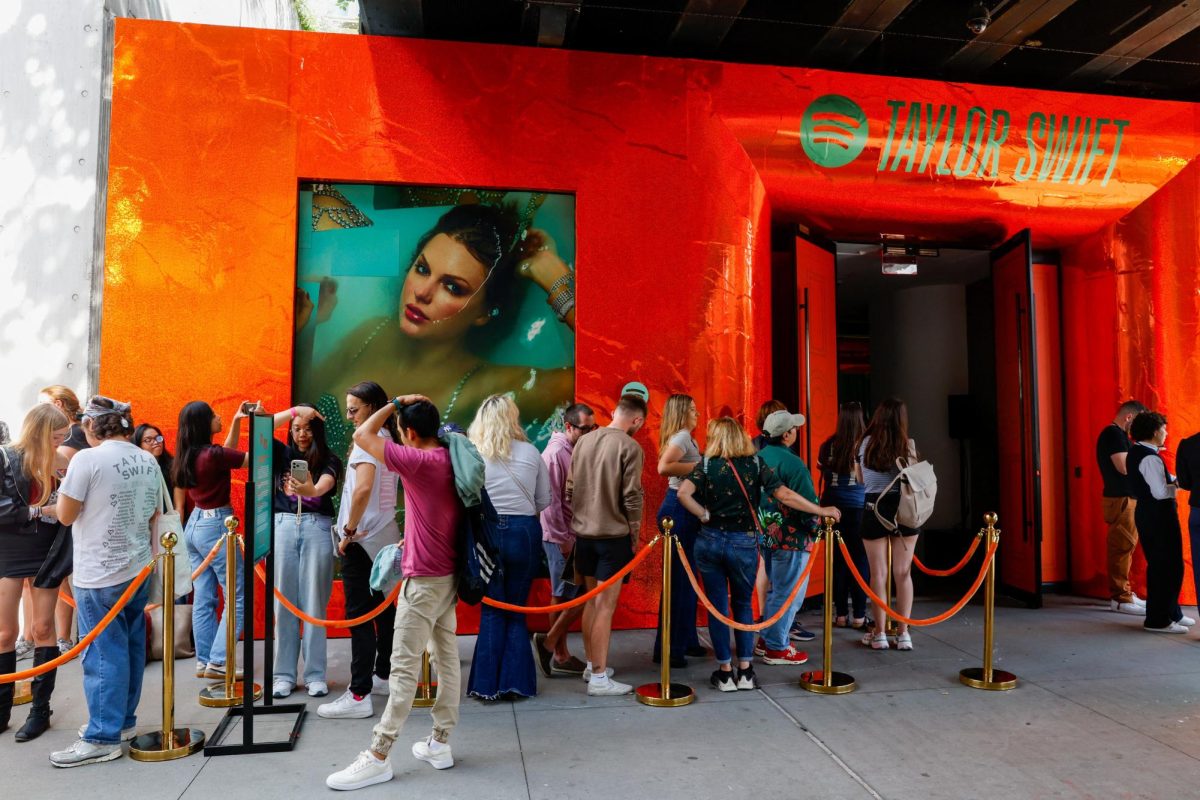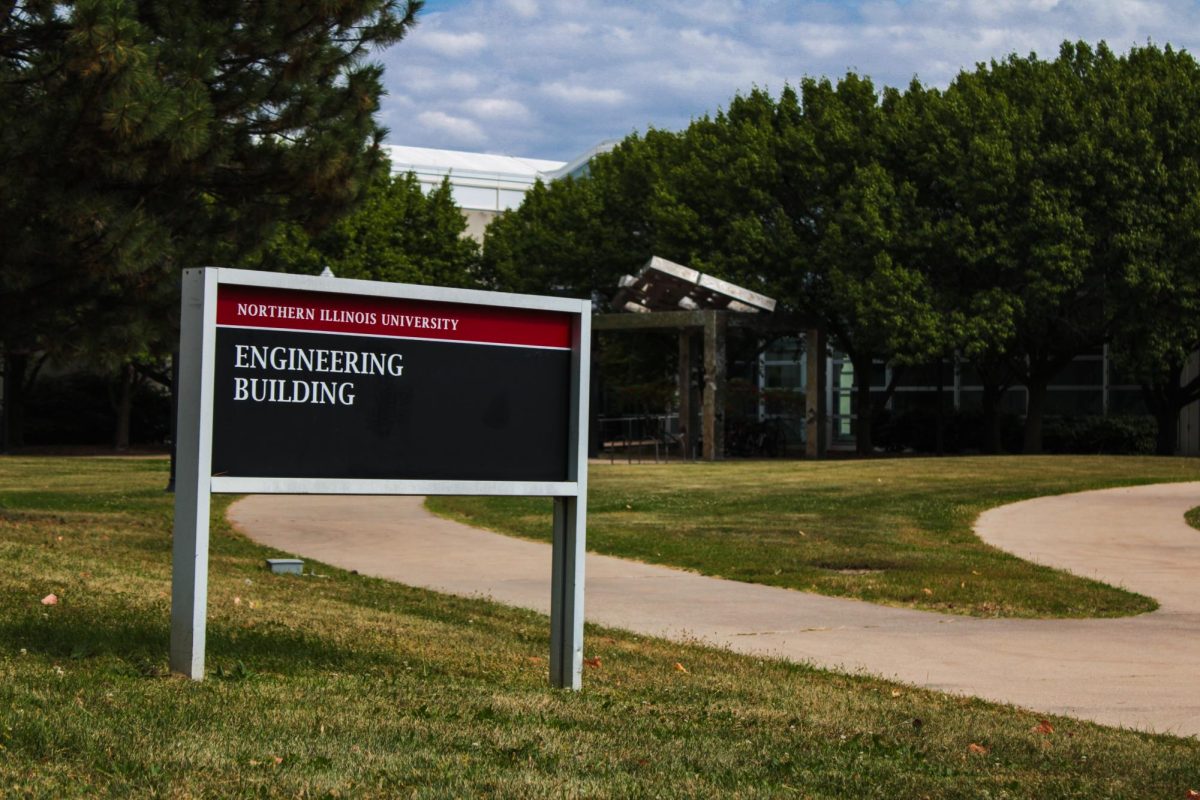Despite being released 36 years after the original “Beetlejuice,” Tim Burton’s “Beetlejuice Beetlejuice” retains the original film’s charm without falling victim to excessive modernization.
Since the film industry is, well, an industry, sequels often become cash grabs that run the risk of tarnishing the image of the original film. “Beetlejuice Beetlejuice” could have fallen victim to this, especially since the 1988 release is so beloved.
However, the necessary components were kept to make this film a success.
Burton is a director known for his distinct style. His eerie releases such as “Edward Scissorhands,” “Corpse Bride” and almost all of his works earn a pedestal in the realm of Halloween classics. Without his directorial touch, this movie certainly would have fallen astronomically short of its predecessor.
Staple members of the original cast returned alongside Burton: Catherine O’Hara as Delia Deetz, Winona Ryder as Lydia Deetz and – of course – Michael Keaton as Beetlejuice.
Ryder brought an evolved perspective to this future Lydia. Now, Lydia is a well-known TV personality, famous for her ability to see and communicate with the dead. Being in constant contact with the recently deceased in their post-mortem states would take a toll on one’s mental well-being. Ryder shows this and is now drained by her special ability, dissatisfied with the pressures of her show.
Keaton plays his distinct character, the original antagonist and source of the title, Beetlejuice, who is identical to the first time around. Given that he is coated in face paint, he doesn’t appear aged and continues to provide well-timed comedic relief.
The film also introduced an abundance of new characters. Despite sharing their screen time with many others, their characterization did not feel rushed.
Jenna Ortega joins the star-studded cast as Astrid Deetz, Lydia’s daughter. As Lydia is one of the classic cinema weird girls, audiences would expect her daughter to be no different. Astrid is not dark, gloomy and gothic like her mother, but she is “strange and unusual” in her own successfully done modern right.
Instead of donning blacks, purples and lace, Astrid opts for a grungy style, still unique with its loose silhouettes and distressed nature. Not infatuated with the dead like her mother, Astrid actually doesn’t believe in ghosts. Her passions lie in climate advocacy, taking after her late father.
Other new characters include Rory (Justin Theroux), Lydia’s manager and love interest, Delores (Monica Bellucci), a soul sucker looking for vengeance, Bob (Nick Kellington), a shrunken head who despite not talking wins the audience’s hearts, and Willem Dafoe as Wolf Jackson.
Dafoe’s character is a deceased actor turned detective, trying to keep order in the afterlife despite constant rule-breaking from Beetlejuice and almost all other characters in the film. While not featured in the first film, Dafoe fits right in and is a welcomed addition.
The sequel also visually maintained the original’s aesthetic. The death wounds on the afterlife’s inhabitants didn’t become hyper-realistic with 2024’s visual effects. Instead, the special effects retained their bright colors and clay-like appearance.
As for the presence of ‘80s characters in the modern world, it surprisingly didn’t feel out of place. Modern cars and smartphones appeared on-screen, but they didn’t feel shoved down the viewers’ throats.
While seeing “Beetlejuice” first is a given, you don’t need a “Handbook for the Recently Deceased” to enjoy this film and get you ready for seasonal spooks.


